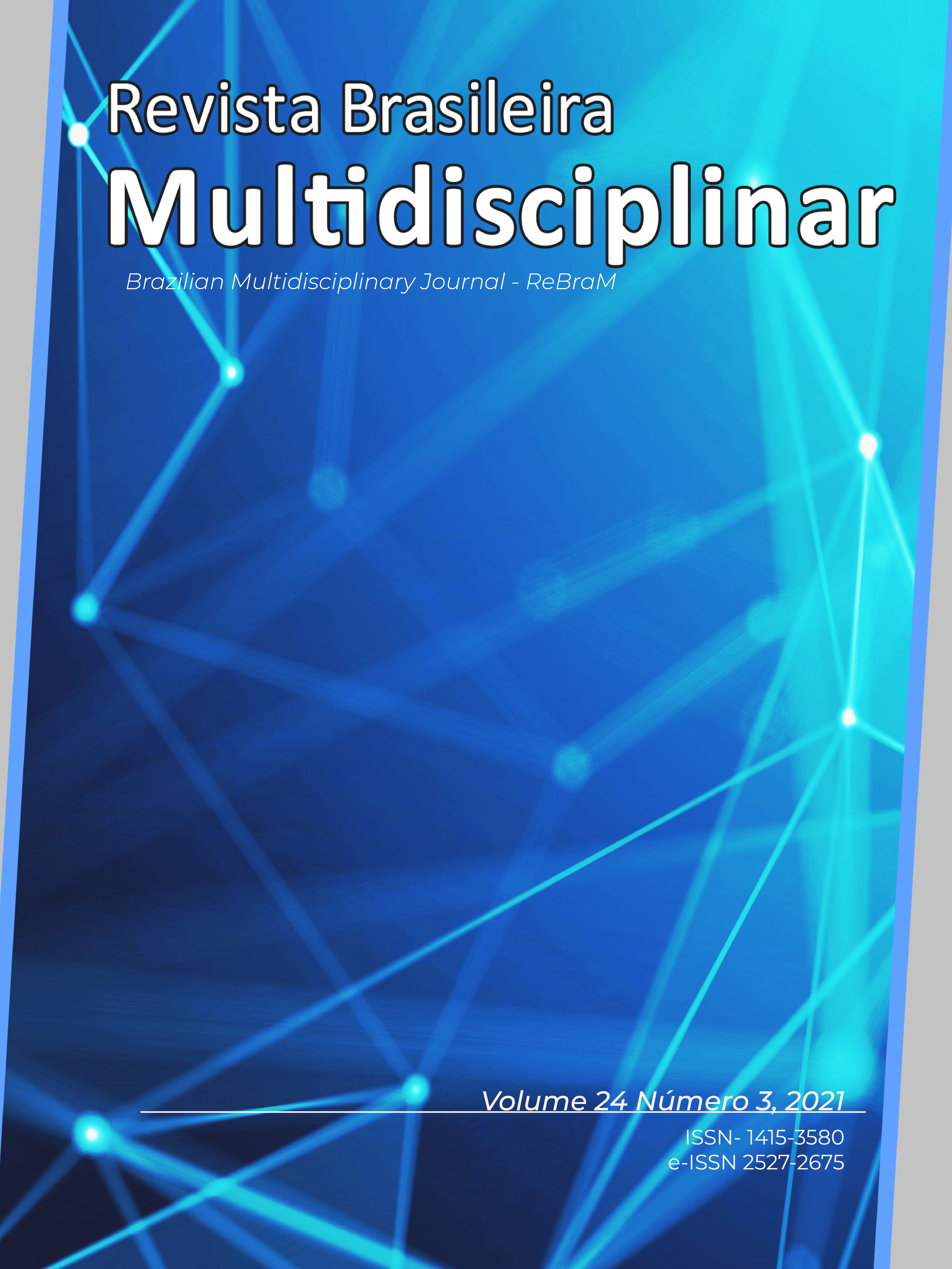O que sabemos sobre a transmissão do Covid-19? Um relato de caso
Main Article Content
Abstract
Introdução: O coronavírus é causado pelo vírus SARS-CoV-2 e apresentou uma rápida disseminação mundial, tornando-se uma pandemia e acumulando milhões de casos detectados. Medidas extremas foram tomadas para conter a disseminação viral e evitar um colapso dos serviços de saúde no atendimento dos doentes. Tem-se percebido uma variação do comportamento de transmissibilidade viral. Objetivo: Portanto, é relatado o caso de um paciente com sintomas leves sem transmissão da doença para demais membros da família apesar de contato prévio, principalmente com cônjuge. Metodologia: Descrição do caso com diário de sintomas e medicações utilizadas bem como a realização dos testes de diagnóstico. Conclusão: acredita-se que casos assintomáticos ou sintomáticos leves possam apresentam baixíssimo nível de transmissibilidade.
Downloads
Article Details

This work is licensed under a Creative Commons Attribution-NoDerivatives 4.0 International License.
• The author (s) warrant that the contribution is original and unpublished and that it is not in the process of being evaluated in other journal (s);
• The journal is not responsible for the opinions, ideas and concepts issued in the texts, as they are the sole responsibility of the author (s);
• Publishers have the right to make textual adjustments and to adapt the article to the rules of publication.
Authors retain the copyright and grant the journal the right of first publication, with the work simultaneously licensed under the Creative Commons Attribution License, which allows the sharing of work with acknowledgment of authorship and initial publication in this journal.
Authors are authorized to take additional contracts separately, for non-exclusive distribution of the version of the work published in this journal (eg publish in institutional repository or as book chapter), with acknowledgment of authorship and initial publication in this journal.
Authors are allowed and encouraged to publish and distribute their work online (eg in institutional repositories or on their personal page) at any point before or during the editorial process, as this can generate productive changes as well as increase the impact and citation of the published work (See The Effect of Free Access) at http://opcit.eprints.org/oacitation-biblio.html
References
ADHIKARI, Sasmita Poudel et al. Epidemiology, causes, clinical manifestation and diagnosis, prevention and control of coronavirus disease (COVID-19) during the early outbreak period: a scoping review. Infectious diseases of poverty, v. 9, n. 1, p. 1-12, 2020.
AGRAWAL, Sumita; GOEL, Akhil Dhanesh; GUPTA, Nitesh. Emerging prophylaxis strategies against COVID-19. Monaldi Archives for Chest Disease, v. 90, n. 1, 2020.
ARONS, Melissa M. et al. Presymptomatic SARS-CoV-2 infections and transmission in a skilled nursing facility. New England journal of medicine, 2020.
GANDHI, Monica; YOKOE, Deborah S.; HAVLIR, Diane V. Asymptomatic transmission, the Achilles’ heel of current strategies to control COVID-19. 2020.
GIOVANETTI, Marta et al. The first two cases of 2019‐nCoV in Italy: Where they come from?. Journal of medical virology, v. 92, n. 5, p. 518-521, 2020.
GUO, Yan-Rong et al. The origin, transmission and clinical therapies on coronavirus disease 2019 (COVID-19) outbreak–an update on the status. Military Medical Research, v. 7, n. 1, p. 1-10, 2020.
LETKO, Michael; MARZI, Andrea; MUNSTER, Vincent. Functional assessment of cell entry and receptor usage for SARS-CoV-2 and other lineage B betacoronaviruses. Nature microbiology, v. 5, n. 4, p. 562-569, 2020.
LI, Wei et al. The characteristics of household transmission of COVID-19. Clinical Infectious Diseases, 2020.
LI, Xingguang et al. Transmission dynamics and evolutionary history of 2019‐nCoV. Journal of medical virology, v. 92, n. 5, p. 501-511, 2020.
ORGANIZAÇÃO MUNDIAL DA SAÚDE. Infection prevention and control during health care when novel coronavirus (nCoV) infection is suspected. 2020. Acesso em 20 de maio. Disponível em: <https://www.who.int/publications-detail/infection-prevention-and-control-during-health-care-when-novel-coronavirus-(ncov)-infection-is-suspected-20200125>.
WAN, Yushun et al. Receptor recognition by the novel coronavirus from Wuhan: an analysis based on decade-long structural studies of SARS coronavirus. Journal of virology, v. 94, n. 7, 2020.
XIAO, Han et al. Social capital and sleep quality in individuals who self-isolated for 14 days during the coronavirus disease 2019 (COVID-19) outbreak in January 2020 in China. Medical science monitor: international medical journal of experimental and clinical research, v. 26, p. e923921-1, 2020.





